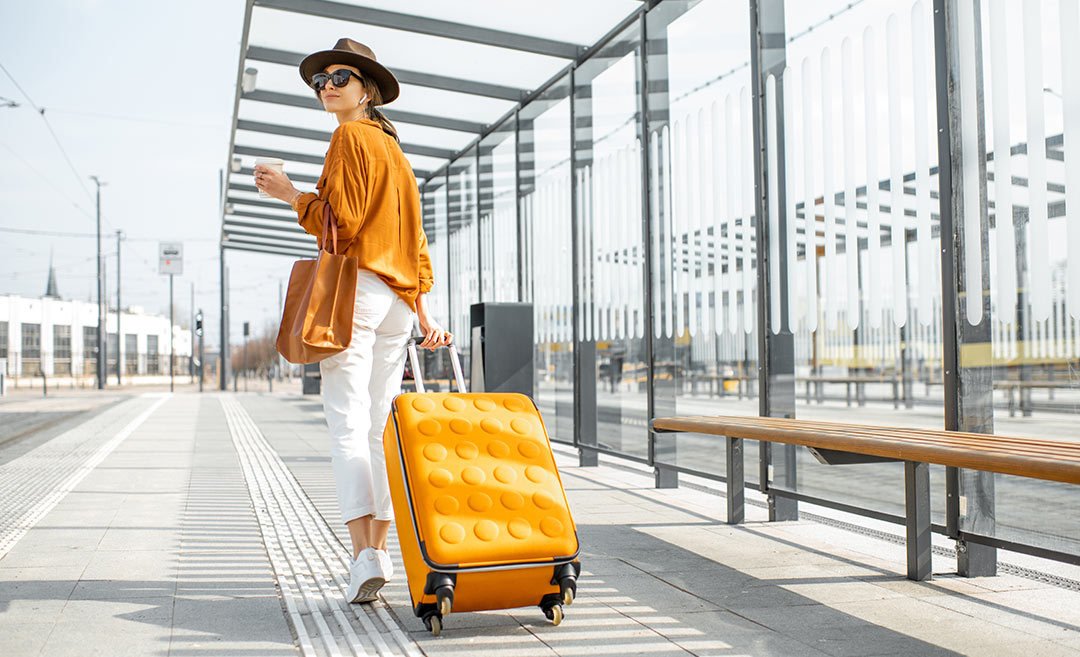The thought of embarking on your first solo flight can be exciting and nerve-wracking at the same time. Whether you’re traveling for business, visiting friends, or exploring a new destination, flying solo opens up a world of freedom and independence. However, for many first-time solo travelers, the unknowns of navigating airports, managing flight schedules, and coping with being alone at 30,000 feet can be daunting.
But don’t worry! With a little preparation and the right mindset, your first solo flight can be a smooth and enjoyable experience. Here’s how to make the most of it.
1. Prepare Early and Pack Smart
The key to a stress-free solo flight begins long before you board the plane. Start by booking your flight early to get the best deals and ensure you have time to plan. When booking your ticket, double-check the details to make sure you’re aware of the flight times, gate numbers, and any potential delays. Many airlines offer apps or notifications, so be sure to use those to stay updated.
Packing for your first solo flight can feel overwhelming, but being organized will make it easier. Use a carry-on bag to keep essentials with you, including your passport or ID, travel documents, headphones, chargers, and a good book or entertainment for the flight. Make sure your liquids are within the airport’s guidelines for carry-on items, and pack snacks for the journey. A neck pillow, blanket, and a refillable water bottle will also help make your flight more comfortable.
2. Arrive at the Airport Early
One of the advantages of flying solo is that you can set your own pace—so give yourself plenty of time to navigate the airport. Aim to arrive at least two hours before your flight if you’re flying domestically, or three hours for international trips. This extra time will allow you to check in, go through security, and find your gate without feeling rushed.
If you’re unfamiliar with the airport, take time to read signs and ask for help if necessary. Airport staff are accustomed to assisting travelers and can guide you if you feel lost or confused.
3. Navigate Security and Boarding with Confidence
Security checkpoints can be one of the most stressful aspects of air travel, especially for first-time flyers. However, knowing what to expect can help ease your nerves. Be prepared to remove your shoes, belt, and any electronics larger than a phone from your bag. Remember to place your liquids in a quart-sized bag and follow any specific guidelines set by your airline or airport.
Once you’re through security, take a moment to relax and find your gate. Look for airport amenities such as lounges, cafes, or charging stations to pass the time. Solo travelers often find these spaces more peaceful and enjoyable without the need to coordinate with others.
When it’s time to board, listen carefully for announcements and check your boarding pass for the correct gate. If you’re uncertain about the boarding process or which group you belong to, don’t hesitate to ask a gate agent for clarification.
4. Embrace the Freedom of Solo Travel
Flying solo means you’re in complete control of your journey. Use this freedom to make the most of your time on the plane. For example, catch up on your reading, start a travel journal, or dive into an interesting movie or podcast. You can even practice mindfulness or meditation to relax during the flight.
A solo flight can also be a great opportunity for self-reflection. Take the time to think about your personal goals, future adventures, or simply enjoy the quiet of being alone with your thoughts.
5. Stay Calm During Takeoff and Landing
Takeoff and landing can be the most nerve-wracking parts of the flight for first-time solo travelers. Remember, these procedures are routine and handled by highly trained pilots and crew members. If you’re feeling anxious, try deep breathing exercises or distract yourself with a good book, music, or a movie. If you feel comfortable, consider chatting with a flight attendant or your seatmate to ease any nervousness.
During your solo flight, don’t hesitate to ask the flight attendants questions. They are there to ensure your safety and comfort, and they are always happy to help. Whether you need assistance with your seatbelt, a drink, or general flight information, they’re an invaluable resource.




